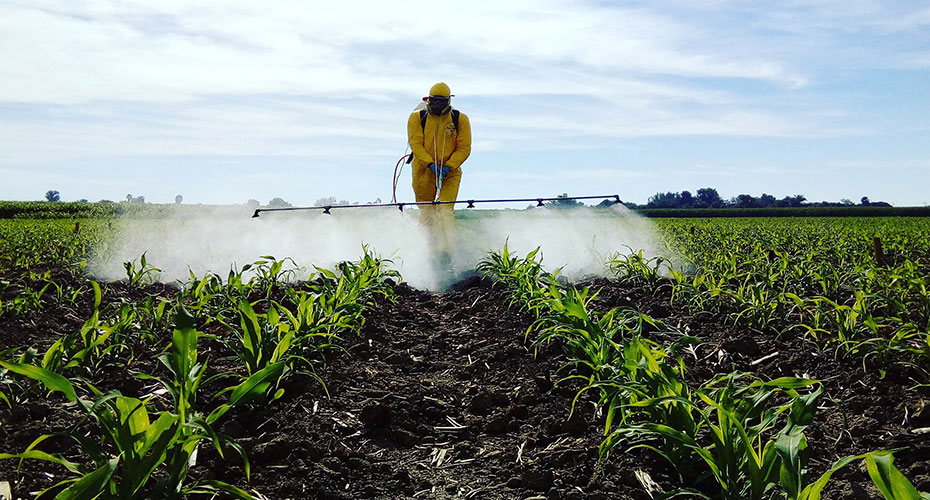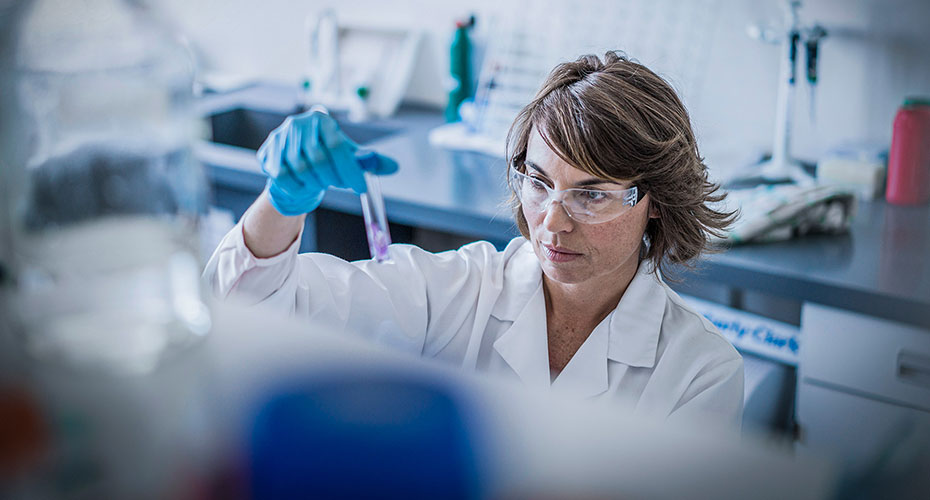Professor Neil Gow
Professor Neil Gow is a founding member of the group that went on to establish the MRC-CMM. His research speciality is the study of the biology and immunology of fungal pathogens and in particular he is interested in the structure and function of the fungal cell wall in relation to its potential target for the development of new antifungal drugs and in relation to the importance of the cell wall in initiating immune recognition. This work impacts on the design and use of antifungal drugs, in the development of antifungal drug resistance, and the design of fungal diagnostics and immunotherapies for fungal diseases. His research has focussed mainly on Candida albicans, but has also considered aspects of the pathogenesis of Candida auris, Aspergillus fumigatus and other fungal pathogens. Key projects currently focus on understanding the precise nature and regulation of the cell wall glycan ligands that initiate immune recognition and how antifungal drug exposure influences the remodelling and immune recognition of the cell wall. Other work is focused on ways to extend the durability of antifungal drugs by prevention of antifungal resistance and the exploration of novel methodologies for the design of fungal diagnostics.
He was Deputy Vice Chancellor for Research and Impact at the University of Exeter from 2018- 2023 and the MRC Centre for Medical Mycology (MRC-CMM) relocated to Exeter in 2019. He returned to follow his research career in 2023 at the MRC-CMM.














